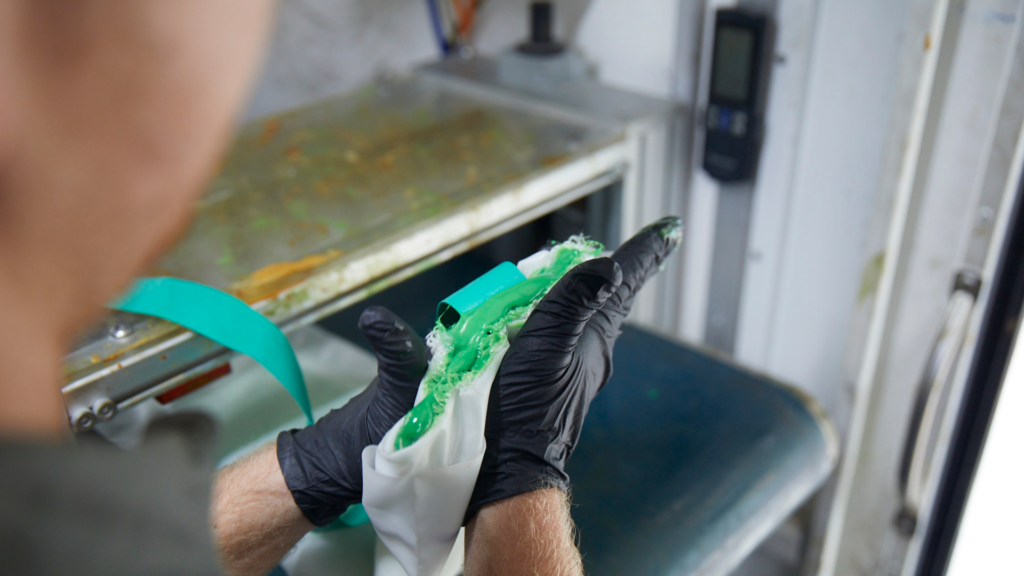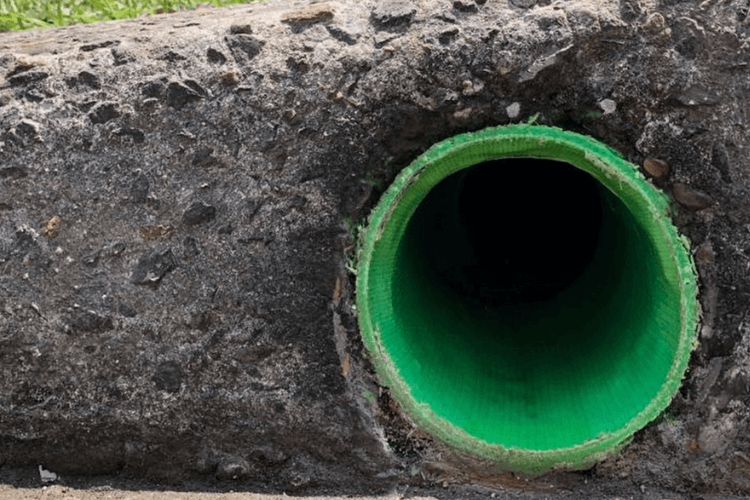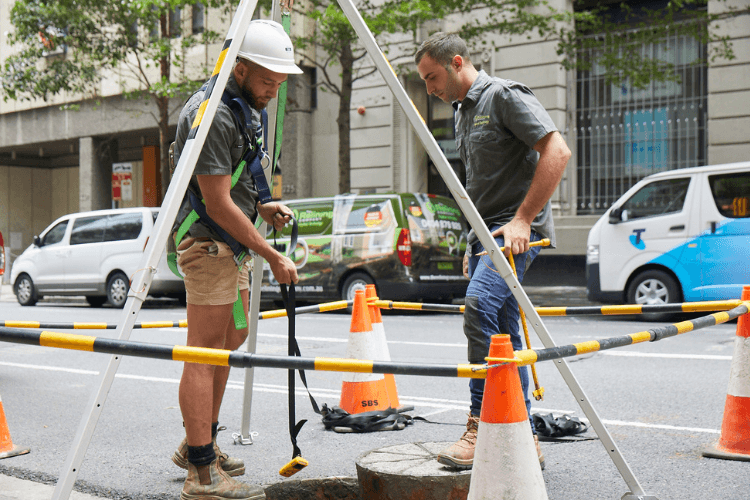Pipe relining is a game-changer in the world of repairs. Instead of digging up your yard to access and repair broken pipes, you can create new, durable lining within existing pipes. It eliminates the need for disruptive digging and costly replacements.
While it’s widely used for plumbing repairs, you might be wondering—can this same technology work for damaged electrical conduits? It’s an important question, especially if you’re dealing with worn or cracked conduits that need attention. Let’s dive into how pipe relining works and whether it’s a viable solution for electrical conduit repairs.
What is Pipe Relining?
Pipe relining is a modern repair method for plumbing that creates a new, durable lining within an existing pipe. It proves to be an excellent solution, especially for older homes with worn-out pipes and outdated materials, because, unlike traditional pipe replacement, it eliminates the need for extensive excavation to reach a damaged pipe.

How does it work? First, a plumber feeds a camera down the pipe to assess any cracks and blockages. Then, a resin-coated liner is inserted and cured in place, forming a seamless, durable and long-lasting interior. A new pipe without a new pipe—a modern solution to an age-old problem.
This trenchless technology has become a go-to solution for homeowners and businesses alike looking to repair pipes, such as root intrusion, with minimal disruption in a cost-effective manner.
How Pipe Relining Works for Electrical Conduits
While relining electrical conduits is not as common as plumbing applications, it can be an efficient solution in the right circumstances. Just like in plumbing, relining electrical conduits involves creating a new lining within the existing structure with advanced relining technology, but there are a few key differences tailored to the needs of electrical systems.
For starters, safety first. The materials must be non-conductive and heat-resistant. As such, it’s best to consult a professional pipe relining company first before deciding relining is the best course of action.
The relining process involves inserting a resin-coated liner into the damaged conduit, inflating it, and curing it in place. This forms a smooth, sealed interior that protects cables and wires from future damage.
The other major difference is that where plumbing relining focuses on waterproofing and structural integrity, relining electrical conduits prioritises insulation and protection against environmental factors like moisture and soil pressure.
What are Different Types of Pipe Relining?
Whether it’s residential homes, commercial properties or industrial facilities, this method works effectively for storm drains, electrical conduits, or even pool plumbing. It’s compatible with a range of materials, including PVC, clay, concrete, and cast iron, as long as the existing pipe structure is not entirely collapsed.
Here’s a breakdown of the key pipe relining methods:
- Cured-In-Place Pipe (CIPP): A flexible liner coated with resin is inserted into the pipe and cured, creating a strong, seamless new pipe within a pipe.

- Inversion Pipe Relining: This technique uses water or air pressure to invert a resin-soaked liner into the pipe, ensuring thorough adhesion to the pipe walls.
- Sectional Pipe Relining: Designed for targeted repairs, this method focuses on fixing specific sections of a pipe rather than the entire length.
- Junction Relining: Used to reinforce T-junctions or bends in pipe systems, preventing weak spots where roots or damage often occur.
- Pool Pipe Relining: Specially designed for pool plumbing, this method repairs cracked or leaking pipes without the need for costly excavation.
- Pull-in-Place Relining: The liner is pulled into position, making it ideal for shorter pipe sections or pipes with complex shapes.
- Spray-On Liners: A resin material is sprayed directly onto the pipe’s interior to seal minor cracks and restore functionality.
- Pipe Bursting: This method simultaneously breaks the old pipe and installs a new one, best suited for severely damaged or collapsed pipes.
Each method caters to different types of pipes and damage. But all offer an efficient alternative to traditional pipe replacement with minimal disruption.
Advantages of Using Pipe Relining for Electrical Conduits
Pipe relining offers two key advantages when applied to electrical conduits:
- Non-Invasive: Unlike traditional methods, electrical conduits can be repaired without disrupting walls, floors, or landscaping,
- Cost-Effective: This lack of excavation significantly reduces labour and restoration costs.
- Durability: Relined electrical conduits are reinforced with high-quality resin materials, creating a seamless and durable pipe interior.
- Efficiency: This not only extends the lifespan of the conduit but also improves its resistance to wear, corrosion, and external pressures, ensuring reliable performance for years to come.
These benefits make pipe relining an innovative and practical option for repairing damaged electrical conduits.
Limitations and Challenges of Pipe Relining
While pipe relining offers many advantages, there are some limitations and challenges to consider, especially for electrical applications.
Electrical conduits must meet strict safety and performance standards. As such, pipe relining requires specialised materials that are non-conductive and resistant to heat. This limits its applicability to certain types of electrical systems.
Traditional repair or replacement methods may be necessary in cases where the conduit is:
- Severely collapsed
- Misaligned
- Too small to accommodate relining equipment
Additionally, relining may not be ideal for an existing conduit with complex bends or junctions that require extensive reshaping.
Contact The Relining Company today for more information about pipe relining. We can help you determine if pipe lining is the right solution for your specific electrical conduit repair project.
FAQs About Pipe Relining for Electrical Conduits
What are the limitations of pipe relining?
Pipe relining may not be suitable for severely damaged or collapsed pipes. Additionally, it can be limited by the pipe’s diameter and the material it’s made from.
Can galvanised pipe be used for electrical conduit?
Galvanised pipe can be used as electrical conduit and is the preferred choice for many Australian installers.
Can poly pipe be used as an electrical conduit?
Poly pipe, such as polyethylene (PE), is generally not approved for use as electrical conduit in most electrical applications because it lacks the necessary strength and durability to protect electrical wires.
What kind of pipe is used for electrical conduit?
Electrical conduit typically uses rigid PVC, EMT (electrical metallic tubing), or galvanised steel pipes, depending on the environment and electrical requirements.
Back to Top